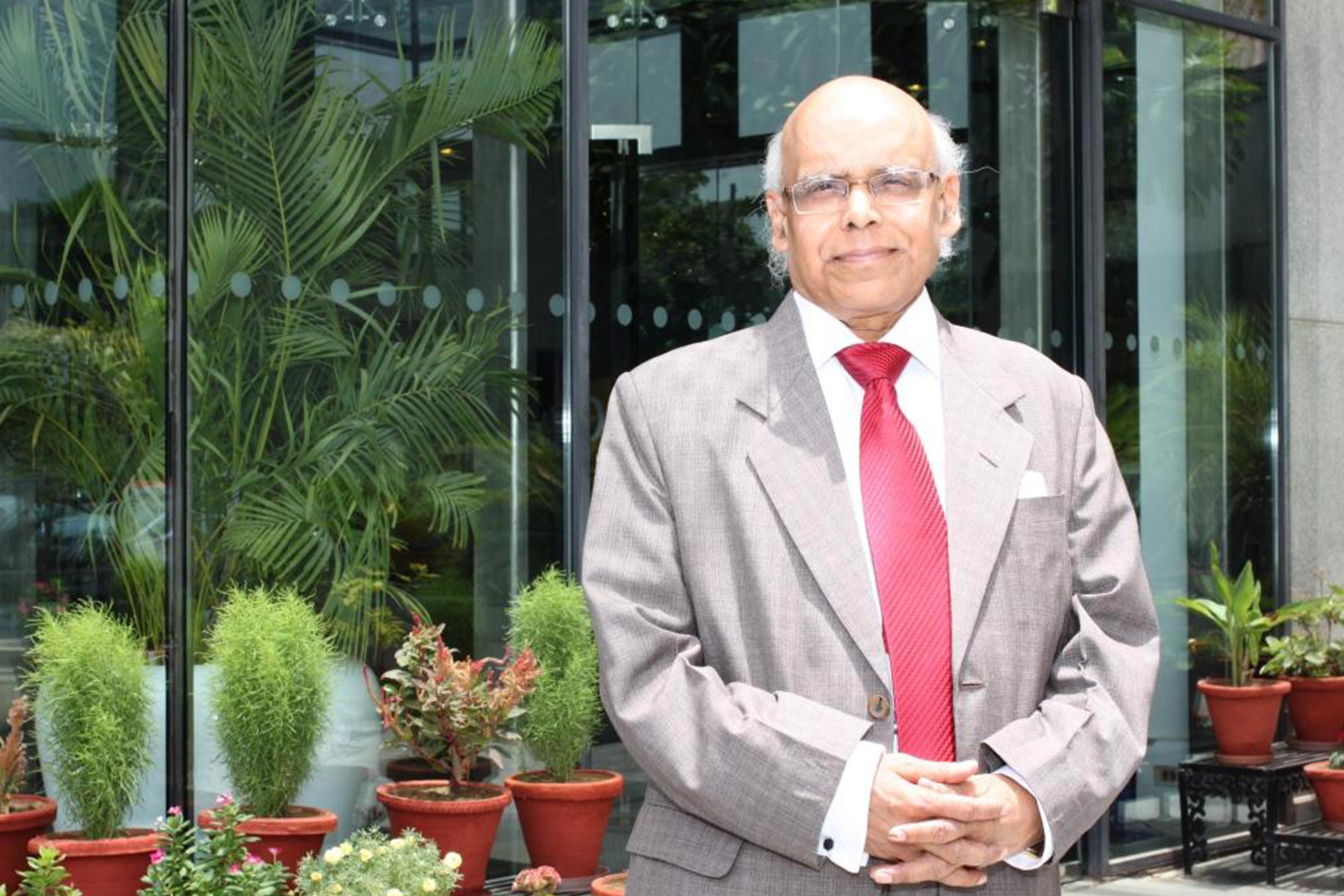EY refers to the global organization, and may refer to one or more, of the member firms of Ernst & Young Global Limited, each of which is a separate legal entity. Ernst & Young Global Limited, a UK company limited by guarantee, does not provide services to clients.
How EY can help
-
Our tax policy professionals can help you stay ahead of potential tax changes, better manage tax risk and understand key tax trends. Find out more.
Read more
For the aggregate of states, fiscal deficit relative to GDP was at 4.1% in FY21. With respect to the fiscal deficit profile of individual states, the largest levels were seen in the case of Rajasthan and Andhra Pradesh at 5.8% each, followed by Kerala, Tamil Nadu, and Bihar at 5.3% each. For SH states, the largest fiscal deficit to GSDP ratios were for Mizoram at 7.8%, followed by Meghalaya at 7.7% and Sikkim at 6.9%. States in general have tried to reduce their fiscal deficit relative to GSDP in FY22. However, as per the revised estimates (RE), states such as Bihar, Punjab, Assam among ML states and Manipur, Nagaland, Himachal Pradesh, and Tripura among SH states show high fiscal deficits relative to their GSDPs.
As a result of the inordinate increase in the fiscal deficit to GSDP ratios, the debt-GSDP ratios also increased well above the prescribed benchmark of 20% as per the 2018 amendment of center’s FRBM2 . States that were significantly above this threshold and even above the threshold of 40% in FY21 include Punjab, West Bengal, Rajasthan, Kerala, and Bihar among ML states. Those ML states that had a debt-GSDP ratio higher than 30% but below 40% were Andhra Pradesh, Jharkhand, Uttar Pradesh, Haryana, Tamil Nadu, and Madhya Pradesh.
According to a recent exercise3 undertaken for forecasting the profile of state level fiscal deficit and debt relative to GSDP for individual states in the ML group, it is indicated that some of the states which may exceed the debt-GSDP threshold of 30% by FY26 include Haryana, Kerala, Punjab, Rajasthan, West Bengal and Andhra Pradesh and Telangana considered together.4




